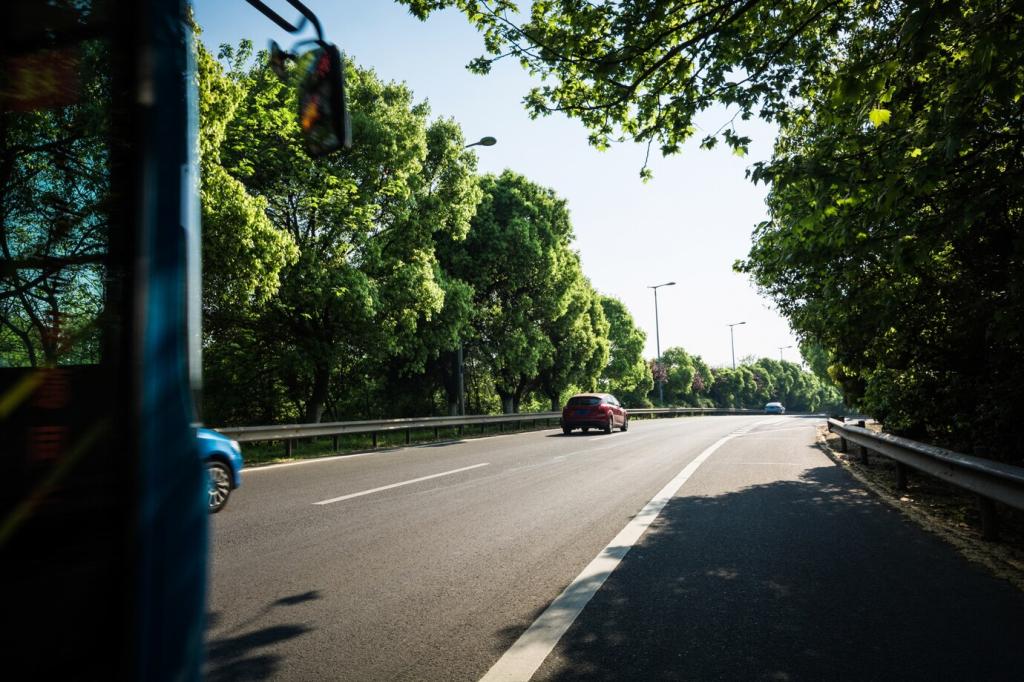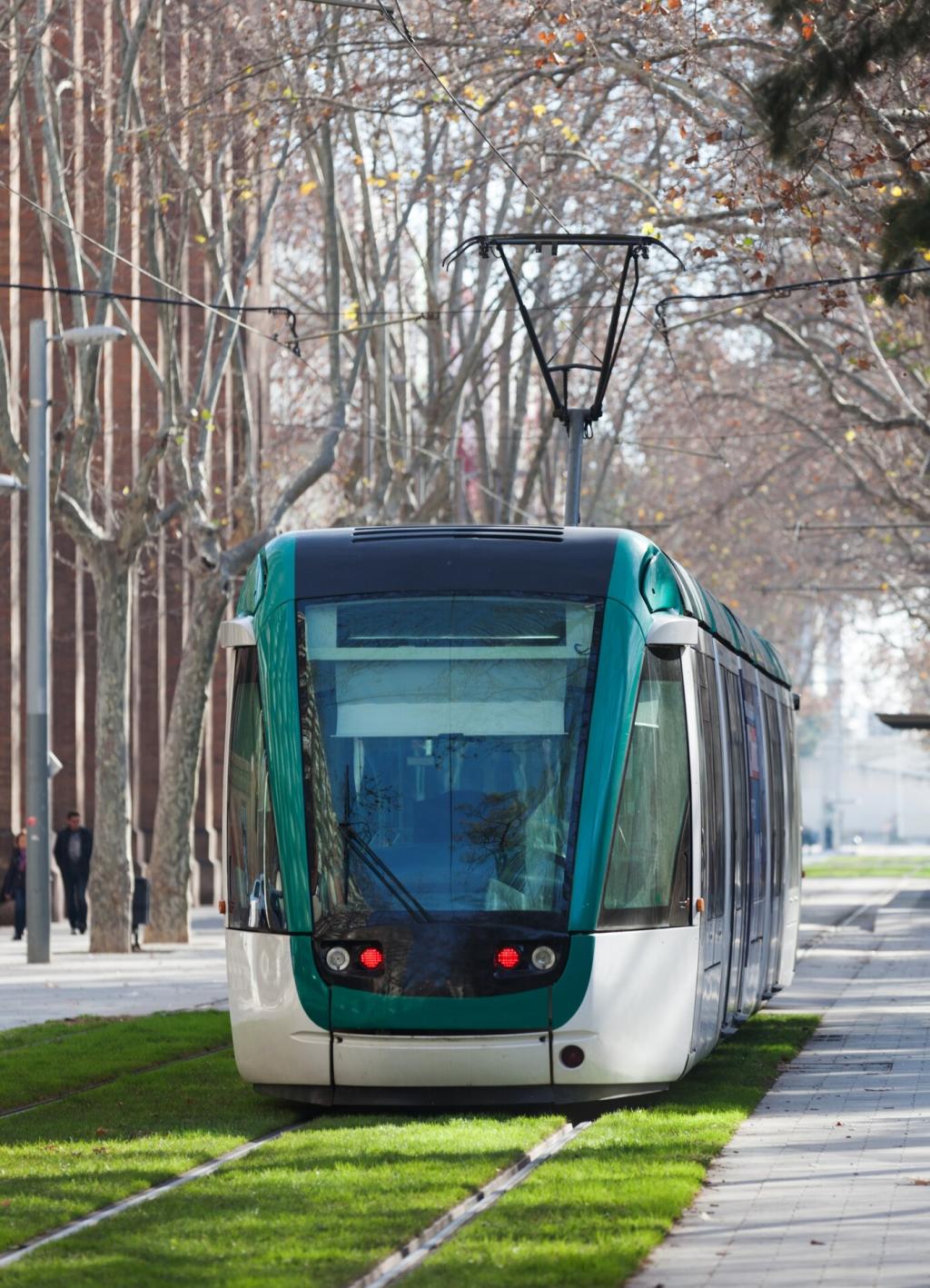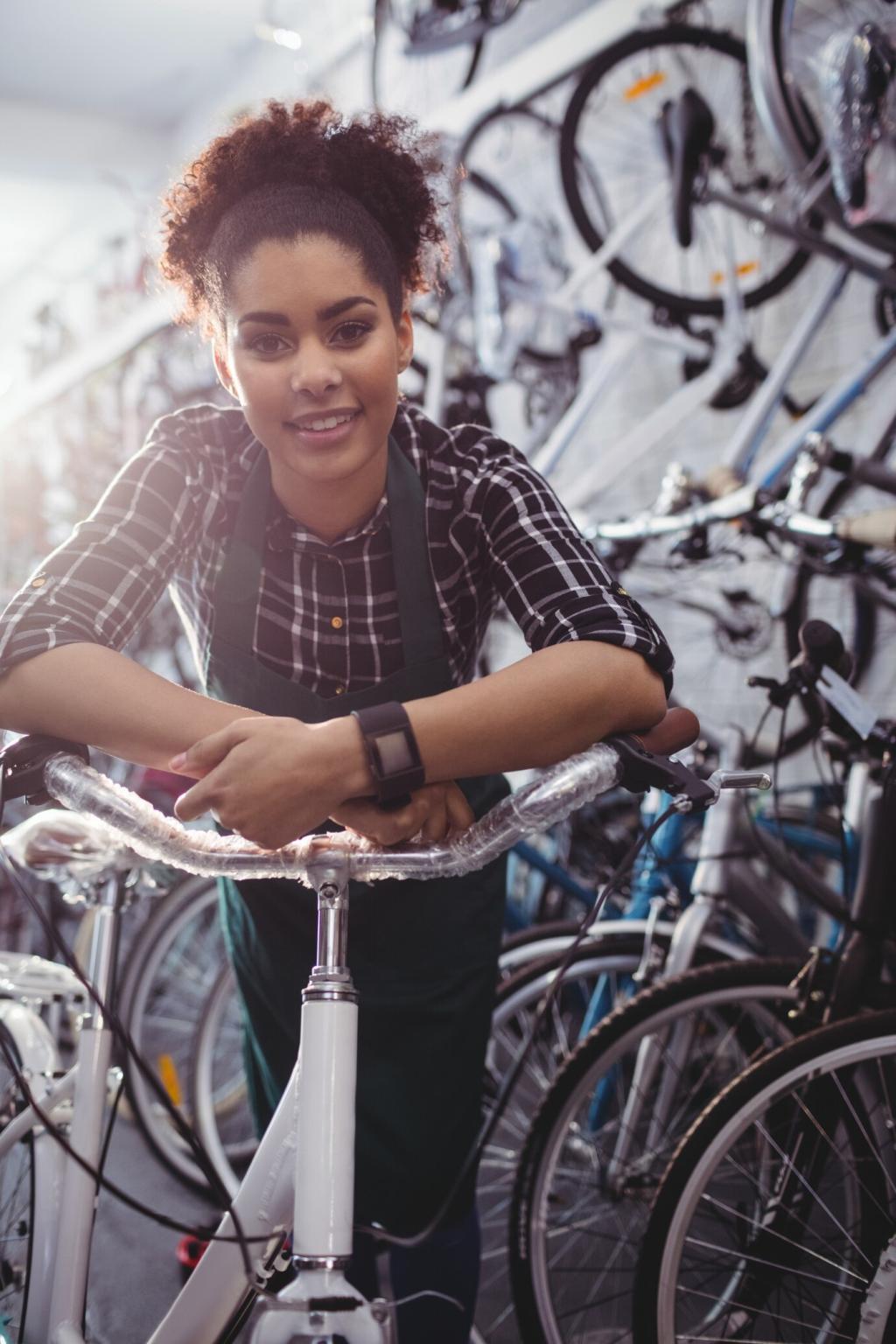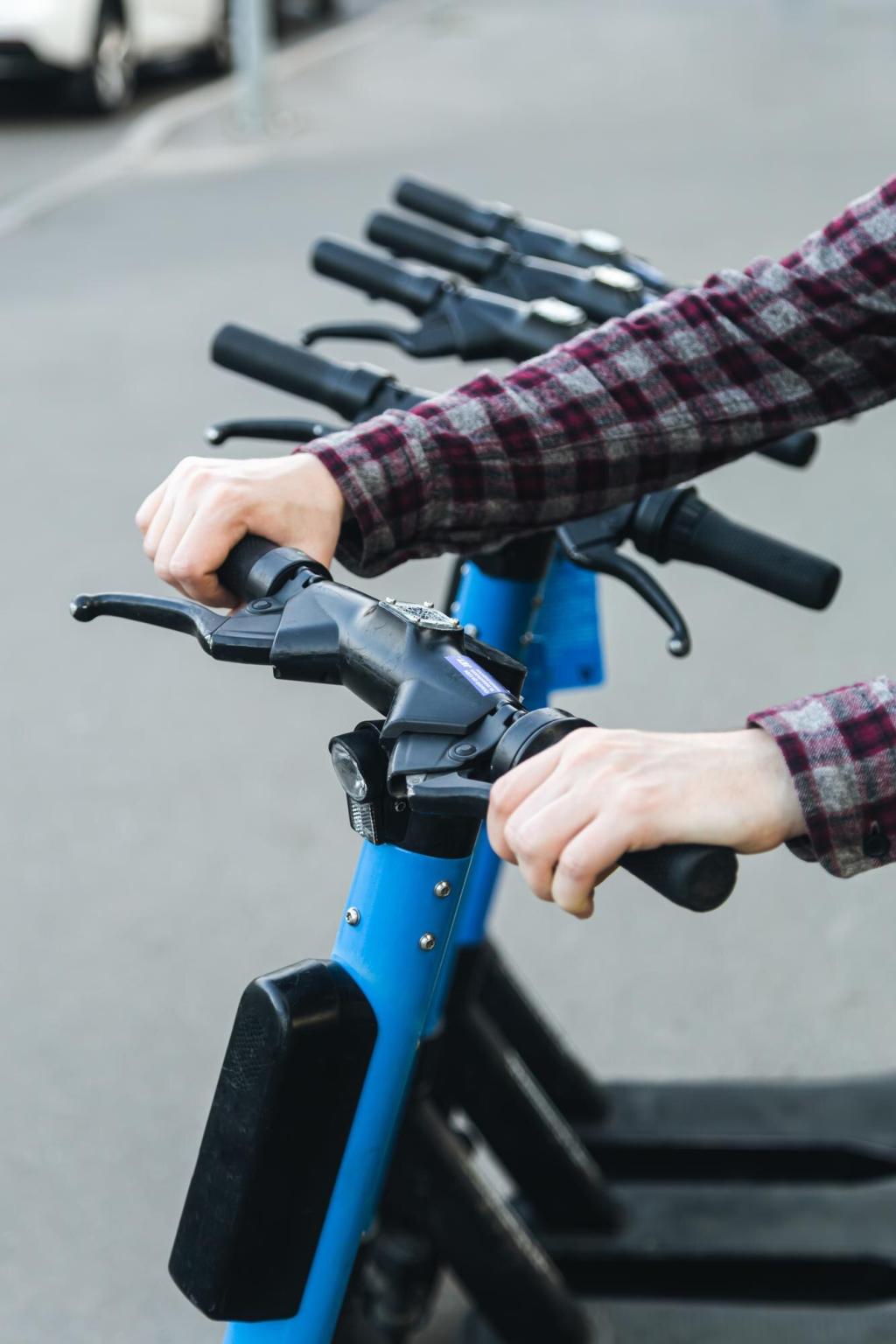Circular Economy in Logistics: Closing the Loop on Every Mile
Chosen theme: Circular Economy in Logistics. Welcome to a space where pallets return, packages live many lives, and every route is designed to reuse, recover, and regenerate value. Join us as we turn waste into workflow.

From Linear to Circular Flows
Traditional supply chains treat returns as exceptions; circular logistics treats them as design. By planning for recovery, reuse, and remanufacture, we turn reverse flows into reliable, profitable routines that strengthen service and sustainability.
The Business Case in Real Numbers
Returnable packaging, pooled pallets, and consolidated backhauls reduce material spend, write-offs, and empty miles while improving delivery reliability. Many operators report double-digit savings and faster inventory turns when reverse logistics becomes an intentional, measured process.
Designing Reverse Logistics That Works
Collection Architecture That Scales
Map drop-off points, backhaul options, and consolidation hubs so assets and materials naturally flow home. A driver told us his favorite ritual is scanning returnable totes after last stop—small habit, big savings, zero extra mileage.
Repair, Refurbish, Remanufacture
Design standard pathways for items to be assessed, triaged, and restored. Clear criteria—repair here, refurbish there—prevent pileups. Each decision point should protect value, preserve materials, and speed items back to service safely.
Measure What Matters
Track cycle time, return rate, recovery yield, cleaning cost, and asset loss. Dashboards tied to route plans reveal hidden wins: one fleet cut missing totes by tagging ownership changes at each handoff, not just at depot gates.

From foldable crates to pallet pooling, shared assets create consistency and reduce breakage. A grocer’s pilot with stackable totes eliminated shrink-wrap on regional runs, freeing loader time and keeping materials in circulation for hundreds of cycles.

Attach durable identifiers—QR, RFID, or BLE—to monitor location and condition. Pair this with scheduled cleaning and repair stops so packaging returns ready for immediate reuse, preventing stockouts and last-minute single-use substitutions.

What returnable format has worked best for your routes—pallets, crates, kegs, or insulated shippers? Share your story below, and subscribe to receive a template for calculating breakeven cycles and loss thresholds.
Data, Tech, and Digital Twins for Circularity
Item-Level Visibility with IoT and RFID
Sensor tags reveal how assets move, wait, and wear. With heat maps of idle time, teams redesign routes to pick up returnables efficiently, reducing orphaned assets and ensuring continuous circulation without guesswork.
Digital Product Passports and Compliance
A product’s digital record can carry materials data, repair history, and handling instructions across partners. That transparency supports responsible recovery, audit readiness, and quick decisions when choosing between repair, reuse, or recycling.
Invite: Share Your Tech Stack
Which tools power your loops—WMS, TMS, EDI, or custom apps? Comment with your stack and challenges, and we’ll feature real-world integrations that bridge depot operations with field collection and partner networks.
People, Culture, and Partners

Drivers, pickers, and dock teams spot loop opportunities first. Training that celebrates recovered assets and flags breakage patterns turns everyday observations into continuous improvements that compound across the network.
Transportation Strategies That Cut Emissions and Waste
Match returnable pickups with outbound schedules to avoid empty legs. A regional distributor paired brewery keg returns with early-morning produce deliveries, cutting total miles while improving asset availability for both partners.


Transportation Strategies That Cut Emissions and Waste
Where viable, shift long-haul to rail or barge and use cargo bikes or EV vans for dense last-mile loops. Microhubs make return collection predictable and keep reusable assets circulating within neighborhoods efficiently.
